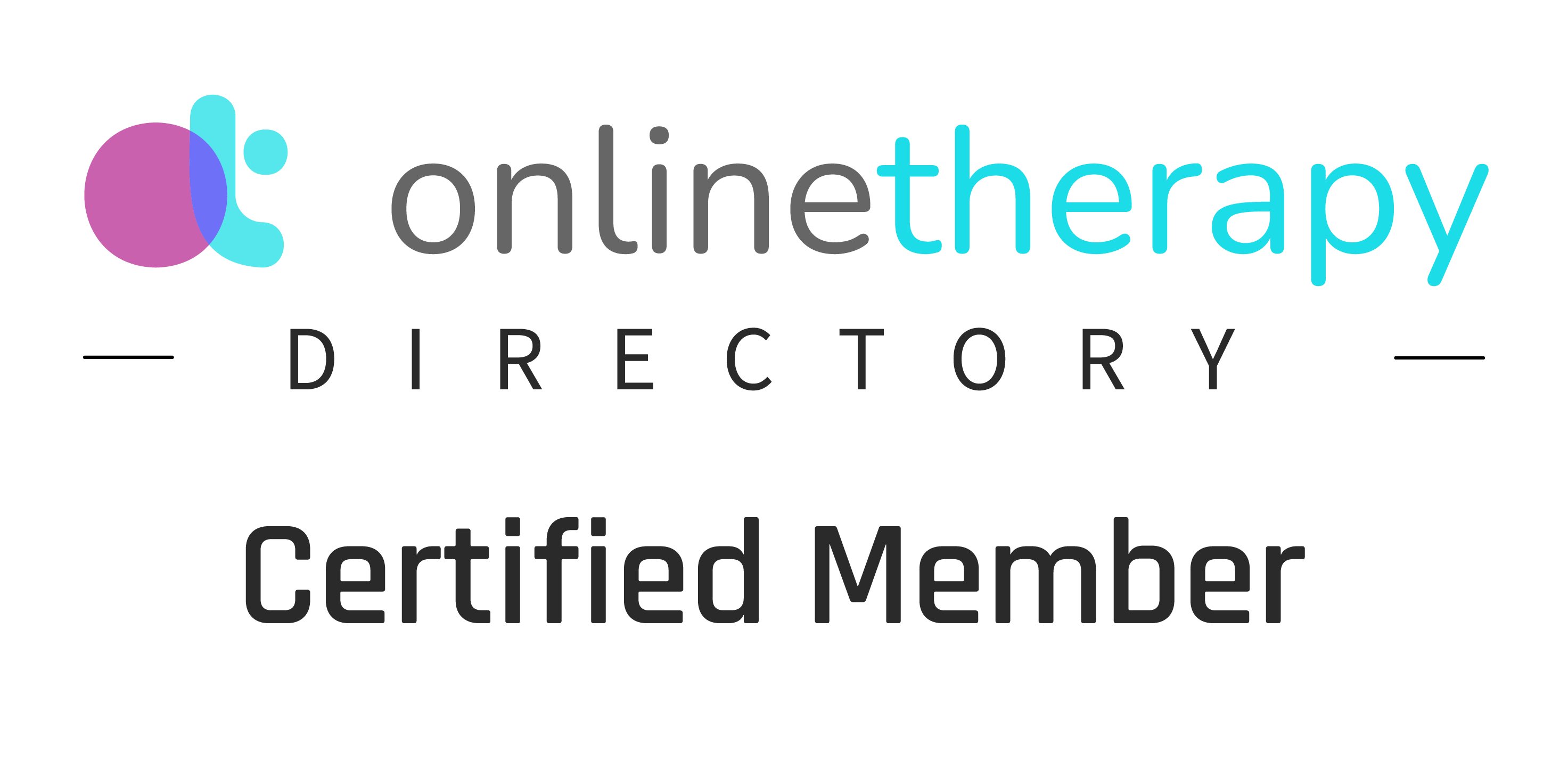The Psoas Muscle: Your Body’s Deepest Core & Its Role in Stress & Wellness
The psoas muscle, often called the “muscle of the soul,” is one of the most important and least understood muscles in the human body. Located deep within the core, the psoas plays a vital role in maintaining posture, stabilizing the spine, and connecting the upper body to the lower body. Beyond its physical functions, the psoas is also intricately linked to our emotional well-being, often holding tension and stress. In this post, we’ll explore the importance of the psoas muscle, how it affects both physical and emotional health, and what you can do to keep it healthy and relaxed.
What is the Psoas Muscle?
The psoas (pronounced "so-as") is a long muscle that stretches from the lumbar vertebrae (lower back) through the pelvis and attaches to the femur (thigh bone). It’s the only muscle that directly connects the spine to the legs, which makes it crucial for movements like walking, running, and bending. The psoas also plays a central role in stabilizing the spine and supporting upright posture.
While it’s often classified as a hip flexor due to its function in lifting the leg toward the torso, the psoas is more than just a mover. It acts as a key stabilizer for the spine and core, supporting the body’s structure and balance.
The Psoas Muscle and Stress
The psoas is more than just a physical muscle; it’s also deeply connected to our fight-or-flight response. When we experience stress or fear, the body automatically contracts the psoas as part of its survival mechanism. This contraction helps protect vital organs by curling the body into a fetal position—a defensive stance.
In modern life, however, we’re often under chronic stress without realizing it. Sitting for long hours, dealing with work pressure, and facing emotional challenges can all cause the psoas to remain in a contracted state for extended periods. Over time, this can lead to:
Lower back pain
Pelvic pain or discomfort
Hip stiffness
Postural imbalances
Digestive issues
Because the psoas is so intimately tied to the nervous system, a chronically tight psoas can also contribute to feelings of anxiety, tension, and emotional instability. In other words, when the psoas is tight, not only does the body suffer, but so does your mental and emotional health.
The Psoas Muscle as an Emotional Storage Center
Many bodywork experts refer to the psoas as an emotional storage center. This idea is rooted in the belief that the body holds onto trauma, stress, and negative emotions in various muscles and tissues, with the psoas being a key location.
When the psoas is tight or imbalanced, it may hold onto unresolved emotions like fear or anger. Releasing tension in the psoas can sometimes lead to an emotional release, as stored trauma or stress is physically let go. This connection between the psoas and emotional health is why many people experience feelings of calm and relief after working to relax and stretch this muscle.
Symptoms of a Tight or Overworked Psoas
A tight or imbalanced psoas can lead to various physical and emotional issues, including:
Chronic lower back pain
Hip or groin pain
Difficulty standing upright or maintaining good posture
Pelvic instability
Shallow breathing
Digestive issues like constipation
Increased feelings of stress or anxiety
Because the psoas connects the spine to the legs, a tight psoas can pull on the lower back, leading to spinal compression and pain. Additionally, tension in the psoas can affect the diaphragm, making it harder to take deep, relaxing breaths—a crucial tool for managing stress and anxiety.
How to Release and Strengthen the Psoas
Balancing the psoas muscle involves a combination of stretching, strengthening, and mindful practices that help relieve tension and improve flexibility. Here are some effective methods for caring for your psoas muscle:
1. Psoas Stretching
Gentle, targeted stretches can help lengthen and release tension in the psoas. Two highly effective stretches include:
Low Lunge Stretch (Anjaneyasana): Begin in a low lunge position with your right leg forward and your left leg extended behind you. Press your hips forward to gently stretch the front of your left hip and psoas. Hold for 20-30 seconds and switch sides.
Supine Psoas Stretch: Lie on your back with your legs extended. Pull your right knee toward your chest while keeping your left leg straight on the floor. This stretch isolates the psoas and helps release tightness.
2. Strengthening the Core
Strengthening the muscles that support the psoas, such as the abdominal muscles and the glutes, helps reduce strain on the psoas. Exercises like planks, bridges, and bird-dogs can help build strength and stability in the core and hips.
3. Breathwork
Since the psoas is linked to the fight-or-flight response, deep breathing exercises and breath work can help relax the muscle. Try diaphragmatic breathing (belly breathing), where you focus on expanding the diaphragm as you inhale deeply, rather than shallow chest breathing. This can reduce tension in the psoas and promote relaxation.
4. Foam Rolling
Using a foam roller on the hip flexor area can help release knots and tension in the psoas. Gently roll over the front of your hip and lower abdomen, stopping when you find a tender spot, and breathe deeply into the tension.
5. Yoga and Mindfulness
Practices like yoga, tai chi, and somatic movement are particularly effective for releasing psoas tension. These practices focus on mindful, slow movements that help the body and mind release stress, improve posture, and enhance flexibility. Poses like pigeon pose, child’s pose, and cat-cow are excellent for stretching and releasing the psoas.
Emotional Release Through Psoas Work
Since the psoas is known for storing emotional tension, some people experience emotional releases when they work on this muscle. This can take the form of tears, a sense of calm, or even an emotional breakthrough. This release is often accompanied by a feeling of relief or lightness, as the body lets go of long-held stress.
By taking care of the psoas through regular stretching, strengthening, and mindfulness practices, you can improve not only your physical health but also your emotional well-being.
Final Thoughts: The Power of the Psoas Muscle
The psoas muscle is much more than just a hip flexor—it’s a core stabilizer and emotional reservoir that plays a vital role in both physical and emotional health. When this muscle is tight or imbalanced, it can lead to a range of problems, from back pain to increased anxiety. By incorporating psoas stretches, strengthening exercises, and mindful practices into your routine, you can release tension, improve posture, and enhance your overall well-being.
Take time to care for your psoas, and you’ll notice the benefits ripple through both your body and mind.













